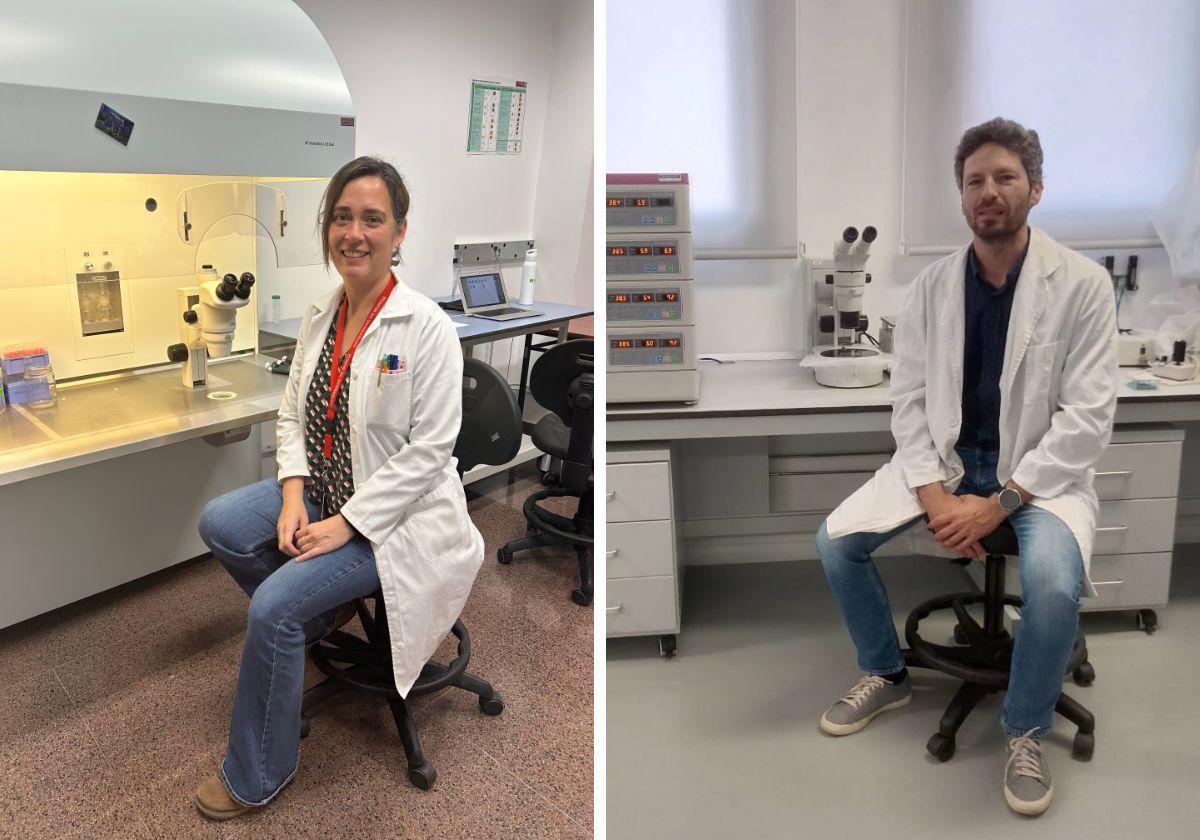UMU researchers managed to transfer eggs and embryos for assisted reproduction methods

A team led by a researcher from the University of Murcia has developed a new reproduction method based on magnetic nanoparticles that allows the precise manipulation of eggs and embryos for use in assisted reproduction techniques. …
The highlight of this study, published in the journal Advance Science, is that it allows for remote monitoring of eggs and embryos in the laboratory, as well as the safety and effectiveness of this method. Studies have shown that incubating eggs and embryos with magnetic nanoparticles does not negatively affect either fertilization or embryonic development, and their presence does not have any harmful effects. Moreover, embryos transferred to the mother do not have any adverse effects on the endometrium or offspring, highlighting the feasibility of this method for clinical applications.
“Such technologies help reverse problems such as human infertility and increase the reproduction and productivity of animals in both commercial and endangered species, but they require the manipulation of gametes and embryos without compromising their ability to fertilize and develop,” explains researcher from UMU Francisco. Alberto Garcia Vazquez.
Reliable and non-toxic method.
This process allows the selection of competent gametes and improves the efficiency of assisted reproduction techniques by simulating the in vivo environment. In addition to its effectiveness, this method opens up a new area of future research in cell manipulation. The ability to control the movement of eggs and embryos using an external magnetic field allows them to be used in new generation microfluidic technologies, that is, in new techniques that simulate real conditions in the uterus.
Despite its success in animals, more research is needed to confirm its safety and effectiveness in clinical use in humans, but this study “represents a new paradigm that facilitates ushering in a new era of assisted reproduction techniques,” study scientist Maria Jimenez concludes. .
